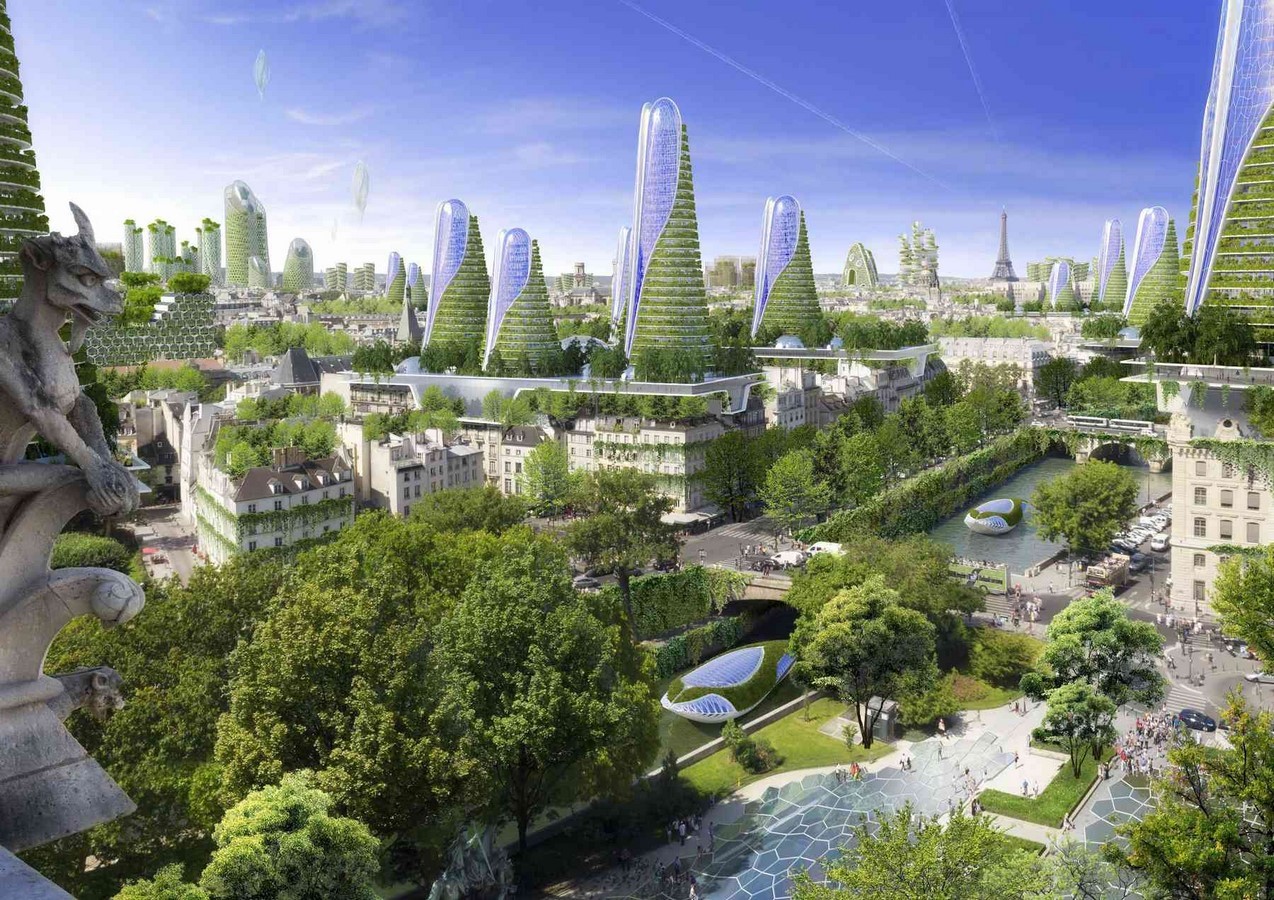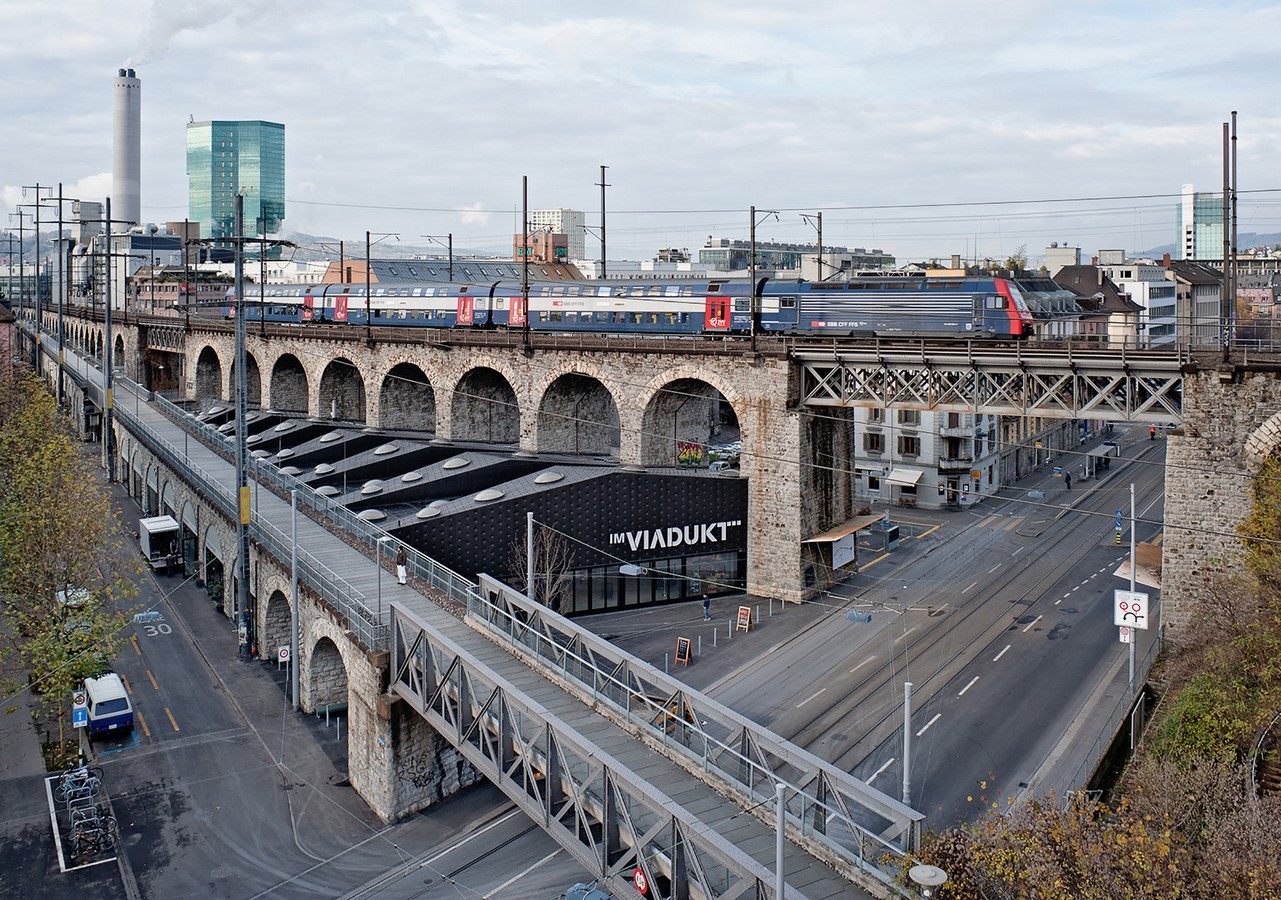“As an architect, you design for the present, with an awareness of the past, for a future which is essentially unknown,” said Norman Foster, the iconic British architect.
This means that good architectural design emerges from the idea of having a certain rootedness to the place and its cultural history, combined with workable solutions for the existing ecological and socio-economic issues as well as the design’s capability to evolve and adapt to changing times. The focal point here is that the potential of architecture to shape our future is often underrated and tapping into this will result in meaningful and powerful designs.
The world has been a witness to varying architectural expressions across time and geographies. From the Neolithic age to the Medieval era to the Renaissance to Modern and Postmodern history, we have seen a gradual shift in the way in which we create our buildings, with respect to the design, the kind of materials we use, and the construction technology employed.
Right now, we are at a stage where there is a massive amount of knowledge that has been gathered, and the trick lies in how this information base can be practically applied.
Technology + Ecology

What is so unique about the present era, that the future of architecture seems so unpredictable and yet intuitive? Why is it so important to pause right now more than ever before, and see where we are going? We are living in a time when technological innovations are advancing at an accelerated pace, and so are the ecological concerns due to rising environmental impacts.
Technological advancements in the building industry are beginning to learn from natural systems instead of working against them and it is now possible to create net-positive designs for a better future. For example, Building Information Modelling (BIM) can be used to develop real-world, regenerative designs and biomimetic architecture.
BIM is an intelligent, 3D-building software that helps in energy analysis, structural modelling, and climate responsive design, to figure out the most efficient and viable option before actual construction begins. Virtual Reality (VR) in architecture even goes to the extent of allowing the user to experience the design beforehand as if it has been built. Data analysis and Geographical Information Systems (GIS) can be used for bigger-scale architecture projects as well as urban design and planning projects in which greater numbers of people are involved.
Various parameters of the context including watershed patterns, flora and fauna, statistics of communities, land-use mapping, and other patterns can be studied, overlapped, and analysed to make the best decisions. For the actual building process itself, new methods like 3D printing help greatly in saving material, manpower, and time.

Unlike the last many decades, we are coming up with scientific methods which not only guarantee economic efficiency but also care for ecological balance and adaptability to future situations. “Sustainability” will soon become just a buzzword because net-zero buildings will no longer be enough. As dreamlike as it sounds, we require buildings to behave like nature.
Currently, the building industry contributes to 38% of the carbon emissions in the world. Being so impactful, architecture can save the planet if everybody creates buildings that absorb carbon, reversing the current scenario to save the planet.
Retrofitting, Renovation and Reusing
With the rising number of existing badly designed buildings, aged structures, as well as vacant buildings, the need for retrofitting becomes very crucial. It is better to reuse the built fabric to match with the present-day needs to save resources, time as well as money than demolish everything and rebuild “good architecture”.
Conservation of an existing building is more eco-friendly, economically viable, and faster compared to even a newly built, net-zero building. Reworking the facade and roofing systems and replacing the lighting and HVAC systems are some of the ways in which buildings can be given a new face. There are even possibilities of changing the function itself of what it was originally used for, thus adapting to the current needs of the society.

With large amounts of non-biodegradable waste created in every industry including the building industry, it makes sense to reuse these materials after recycling them. There are steps being taken to recycle waste products like construction waste, plastic and steel into building materials. This will in turn reduce the amount of fresh resources that we take from the environment. Wood and paper are also materials that can be recycled instead of being wasted after a one-time usage, because though they are bio-degradable, they store carbon.
Think globally, act locally
Hassan Fathy said: “Build your architecture from what is beneath your feet.”
Even with all the new possibilities in architecture being developed in different parts of the world and even more concepts that you can envision in your mind, there is no doubt that there are lessons from the past that can never be forgotten. Vernacular architecture is all about celebrating what is local. The most basic and simplest of structures that have been built for centuries are the result of a formulation of knowledge systems from the indigenous communities all around the world, varying with the location.
The cultural basis of architecture can be adapted to today’s context, but not forgotten. This does not mean that every building can be made of earth/stone/straw. In many parts of the world, these are scarce resources and cannot be used for a building. It may or may not be applicable today in cities, due to the dense population and changing urban fabric. But knowing why a particular material was used or why a particular type of spatial arrangement was used in the past can help you build better for the future.

The future of the built environment lies in multiple industries coming together along with architects. From ecologists to sociologists to material scientists to structural engineers to landscape architects to planners, we need them all. This is because an interdisciplinary application of wisdom can surpass our dreams for better cities and towns — our common purpose.
Philip Johnson said, “The future of architecture is culture.” With globalisation and the world becoming a smaller place, we are moving towards a common culture in some sense. The future of architecture, therefore, lies in our questioning, as architects, about how we can shape our common future through architecture.
References
Foster, N. (2007). Norman Foster – My green agenda for architecture [online].
Available at: https://ted2srt.org/talks/norman_foster_my_green_agenda_for_architecture
[Accessed 29 April 2021].
Holth, J., Meekings, S., Aurel Schnabel, M., Jacob Moleta, T. (2019). Influences of a new digital cultural layer on design at varying scales
Available at: http://papers.cumincad.org/data/works/att/caadria2019_285.pdf
[Accessed 29 April 2021].
Digital School Canada. (2021). A Brief History of Architectural Design
Available at: https://www.digitalschool.ca/a-brief-history-of-architectural-design/#:~:text=Around%20the%20year%201400%20would,appear%20in%20architecture%20across%20Europe.
[Accessed 31 April 2021].
Àlvarez-Díaz, R. (2017). High Technology is Revolutionizing Architectural Design
Available at: https://www.alvarezdiazvillalon.com/how-technology-is-transforming-architectural-design/#:~:text=Technology%20in%20architecture%E2%80%94from%20computational,robotics%2C%203D%20printing%20and%20reality.
[Accessed 31 April 2021].
Design Blends Team. (2020). 3 Major Technology Advancements Changing Architecture
Available at: https://www.designblendz.com/blog/the-power-of-technology-in-architecture-today
[Accessed 31 April 2021].
Susie Tomson, S. (2017). BIM and a sustainability strategy: better value and places
Available at: https://www.pbctoday.co.uk/news/bim-news/bim-and-sustainability-strategy/32884/
[Accessed 1st May 2021].















